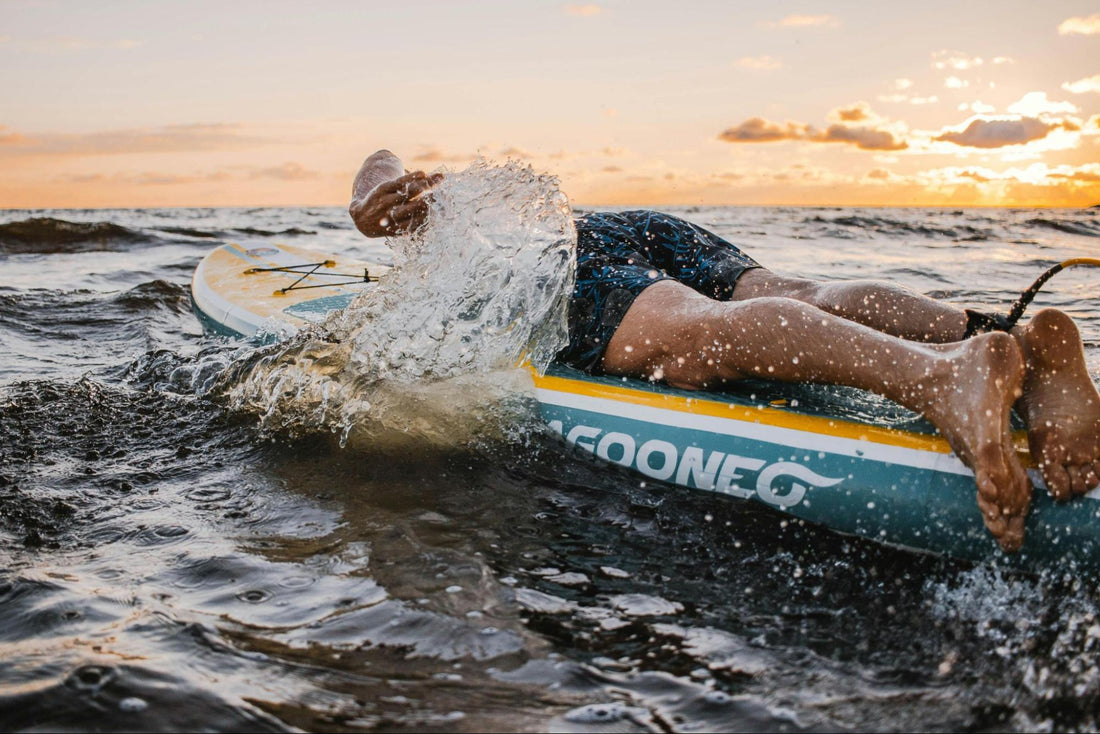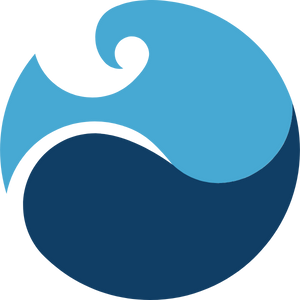
Is Surfing a Good Workout?
You’ve seen the surfers out there, carving through waves with a smoothness that looks almost effortless. But is surfing as easy as it looks? If you’ve ever wondered whether surfing is a good workout, you’re not alone. Many people look at it as just a fun activity, but when you take a closer look, you’ll find that surfing is more than just a day at the beach. Our team at Living in Sunshine has put together this guide to break down the full-body workout surfing provides.
The Full-Body Workout You Didn't Know You Were Getting
If you’re standing on the shore, watching people paddle out, it might seem like surfing is just about balancing on a board. But in reality, surfing is a full-body workout that engages multiple muscle groups, often in ways you don’t notice right away. You might not feel it during your first wave, but after a few hours out on the water, you’ll start to notice the burn in your muscles.
Paddling: The Upper Body
Before you can even think about standing up on your board, you need to paddle out to where the waves are breaking. Paddling engages your upper body—specifically your shoulders, back, and arms. It’s a repetitive motion that can feel like a workout in itself, especially when you're out there for an extended period of time.
A lot of people don’t realize that paddling actually mimics swimming, making it an effective cardiovascular exercise that builds both muscular endurance and cardiovascular fitness.

The Core
Once you’re paddled out and ready to catch a wave, all the focus goes to your core. Every time you shift your weight on the board or adjust your stance, you’re working those deep abdominal muscles. Your core plays a crucial role in maintaining balance, which is essential to improve your surfing skills. Without a strong core, even the most experienced surfers would struggle to stay upright, especially in rough conditions.
Not to mention, your core is key for the "pop-up"—the move where you go from lying on the board to standing up in one swift motion. This burst of energy requires your abs, obliques, and lower back to fire all at once. The stronger your core, the smoother your transitions and the better you’ll be able to maneuver once you ride the wave.
Legs and Lower Body: Power and Stability
Once you’re up and riding, your knees and hip joints become pivotal in controlling your board. You’ll constantly adjust your stance, crouching down or shifting your weight from side to side, which works your thighs, calves, and glutes.
Because surfing demands stability from your lower body, it’s an excellent way to build strength in muscles that are often underutilized in other sports. You’ll notice that the more you surf, the more you engage muscles you didn’t even know you had. Your legs not only help with steering but also absorb the impact of the wave’s energy, keeping you in control.

Cardiovascular Exercise
Surfing is also commonly known for boosting endurance. The constant motion of paddling out, popping up, and riding the waves requires a mix of aerobic and anaerobic energy systems, pushing your heart rate up and improving your lung capacity over time. It’s a workout that tests both your strength and stamina, making it a great way to stay in shape and enjoy some quality time in the water.
Mental Fitness and Focus
Let’s not forget that surfing isn't just about physical fitness—it's also a major boost for your mental well-being. The rhythmic motion of the ocean and the thrill of catching a wave have a calming, almost meditative effect.
Spending time in nature, especially in the water, helps reduce stress, anxiety, and depression. For many surfers, being out on the ocean becomes a form of therapy, a time to disconnect from the stresses of everyday life.
How to Improve Your Surfing Fitness
If you’re looking to improve your surfing or maximize your workouts, there are a few exercises you can do off the water to help. Strengthening your core with planks, doing squats for your lower body, and engaging in high-intensity cardio can all make a noticeable difference when you’re back on the board.
Workouts that target your upper body—like push-ups or swimming—will make paddling easier, while yoga can increase flexibility in your knees and hip joints, allowing for a better range of motion when you’re riding. Adding these exercises to your routine can accelerate your progress and keep you fit between surf sessions.

How Good of a Workout is Surfing?
When people ask, “How good of a workout is surfing?” the answer comes down to how much effort you’re willing to put in. Surfing is as intense or as relaxed as you make it. A one-hour session can burn anywhere from 200 to 400 calories, depending on your fitness level and the type of waves you’re riding. However, the benefits extend far beyond just burning calories, contributing significantly to cardiovascular fitness, muscle strength, and mental well-being, making it a workout that nourishes both body and mind.
Final Thoughts
Is surfing a good workout? Absolutely. It’s a unique combination of cardiovascular exercise, strength training, and mental clarity that few other workouts offer. Surfing challenges your body and mind in ways that traditional workouts can’t. So grab your board, hit the waves, and start reaping the benefits of this full-body workout today.

